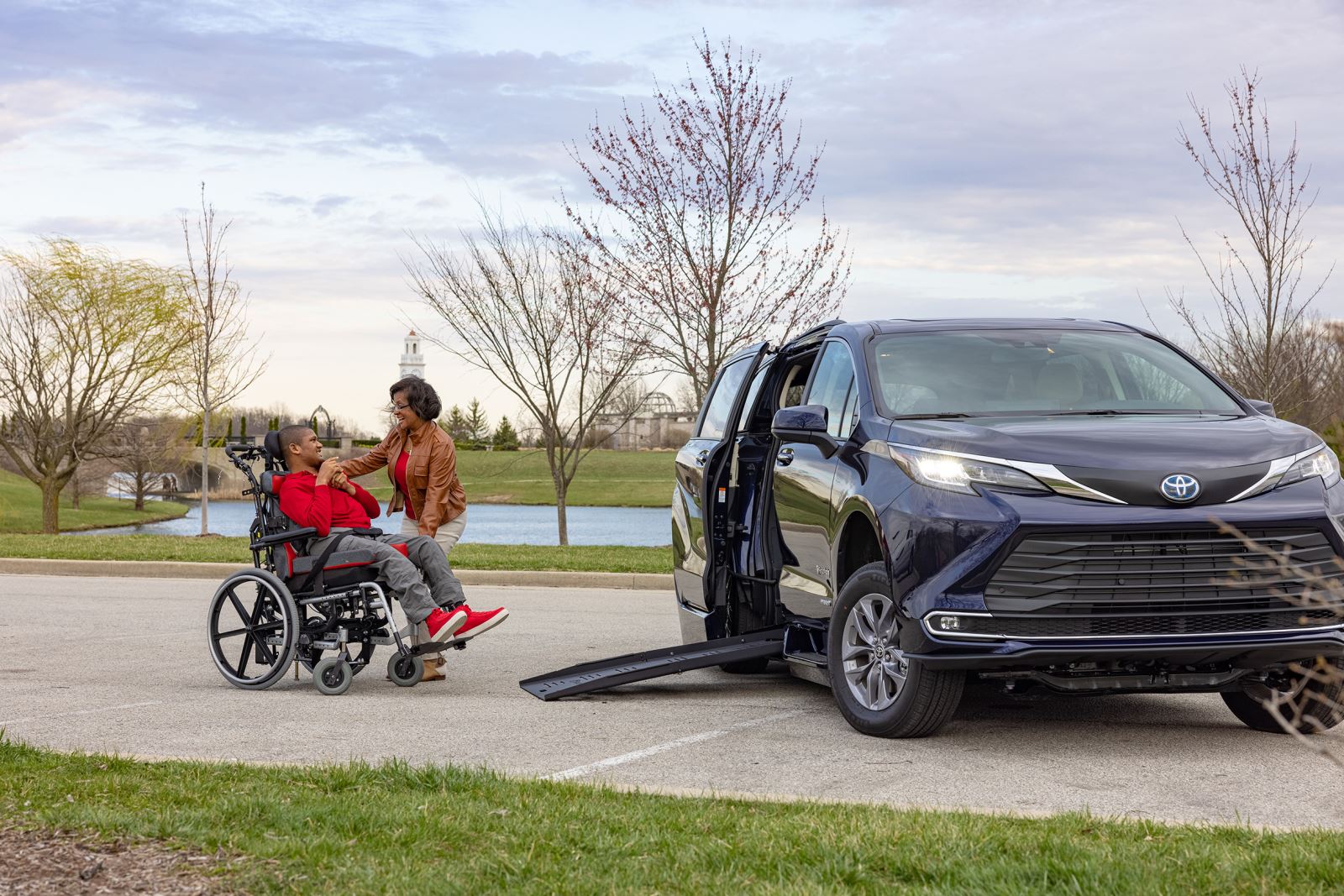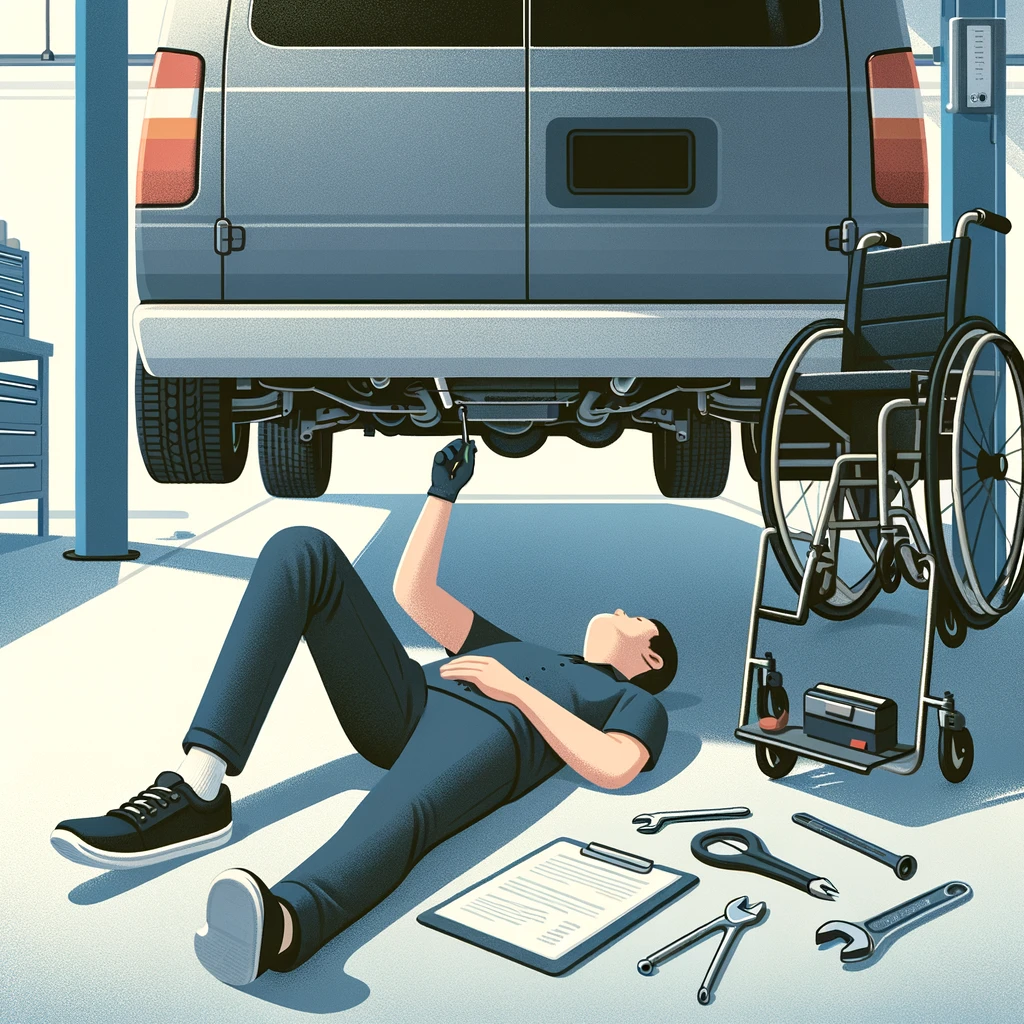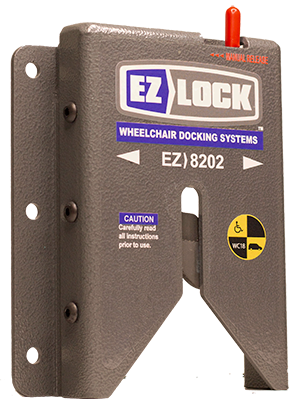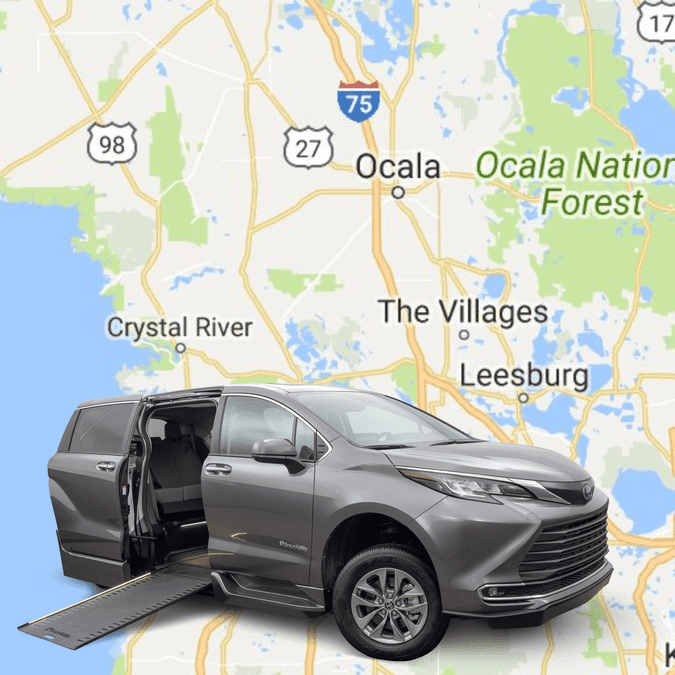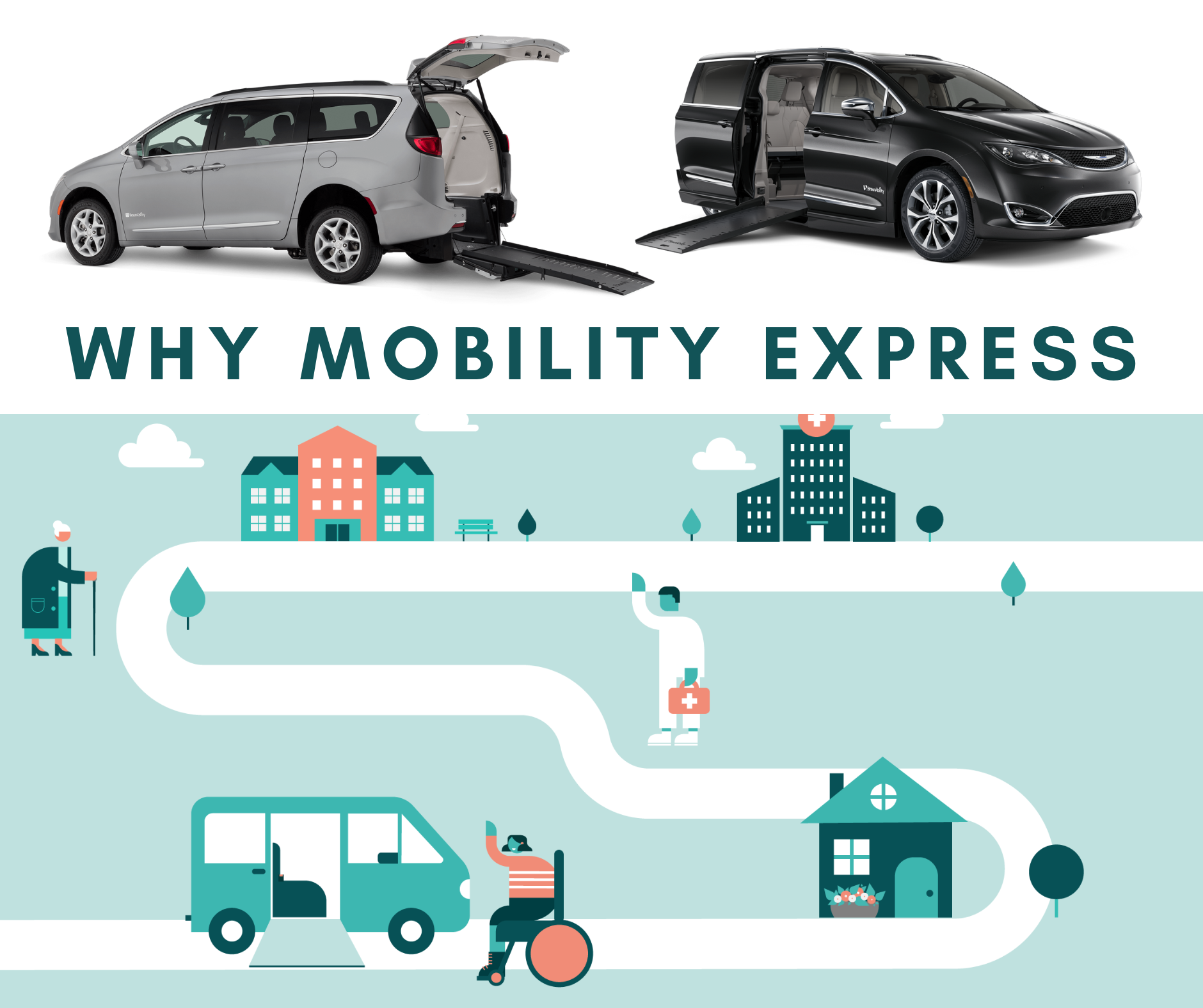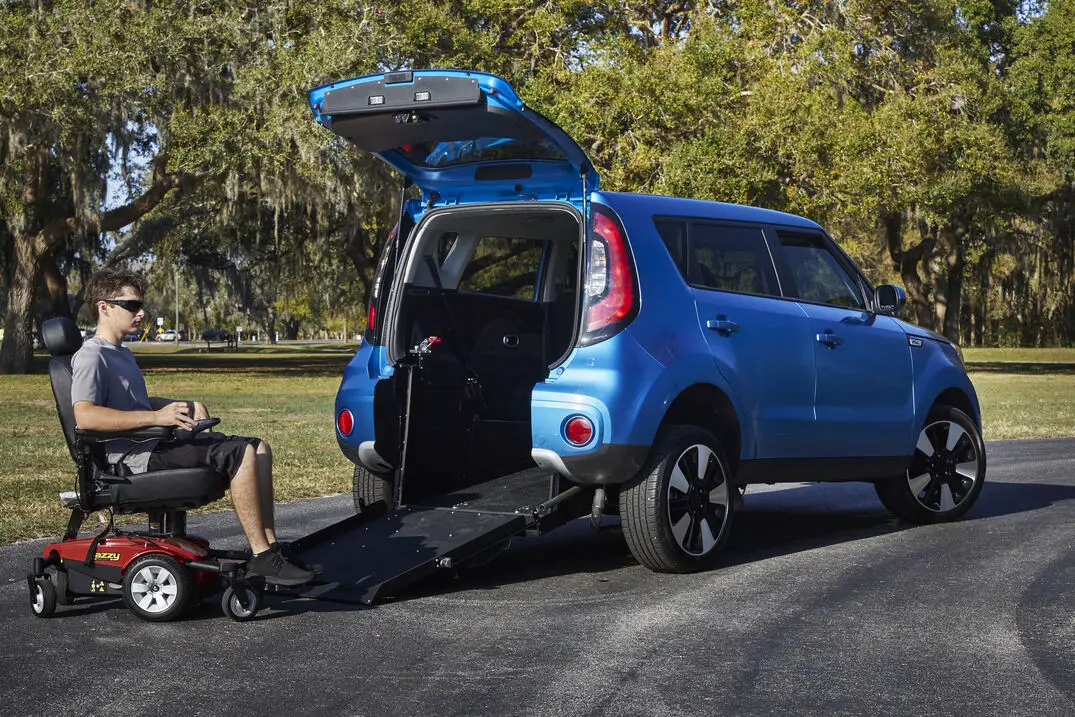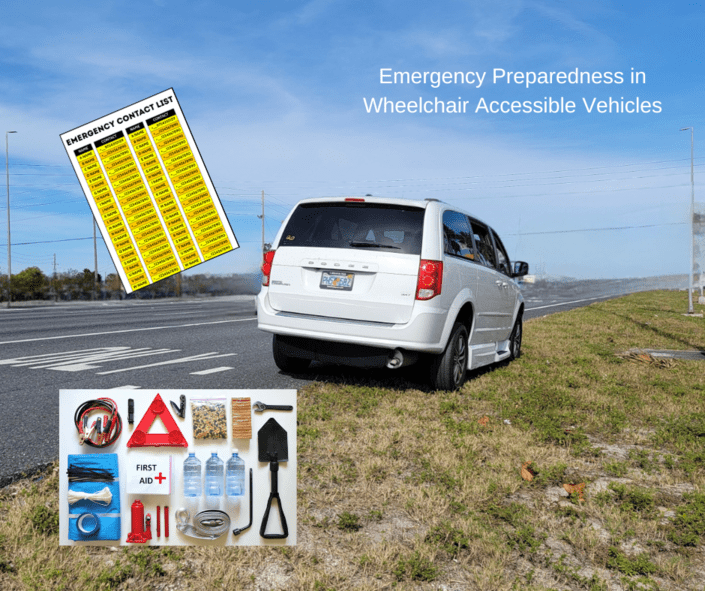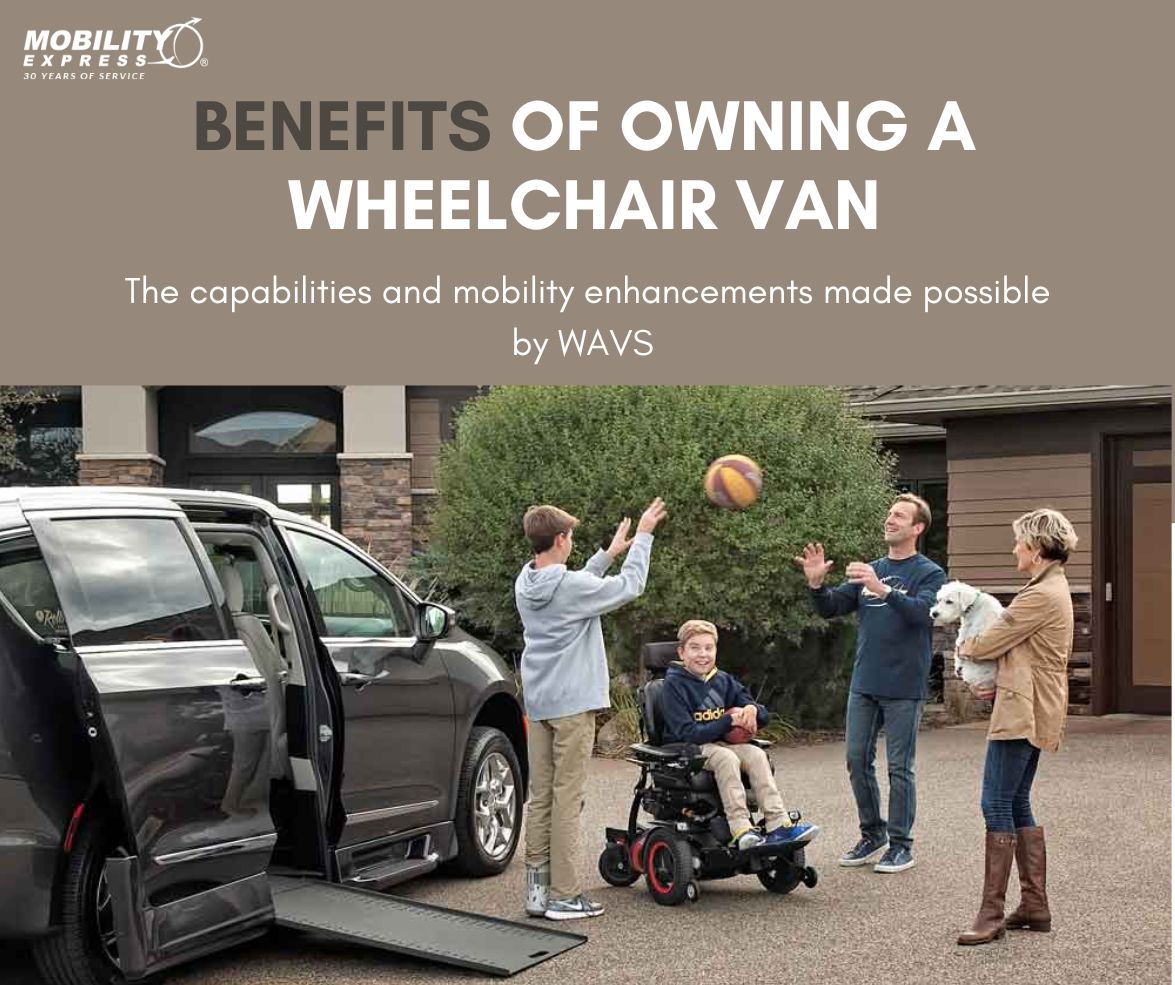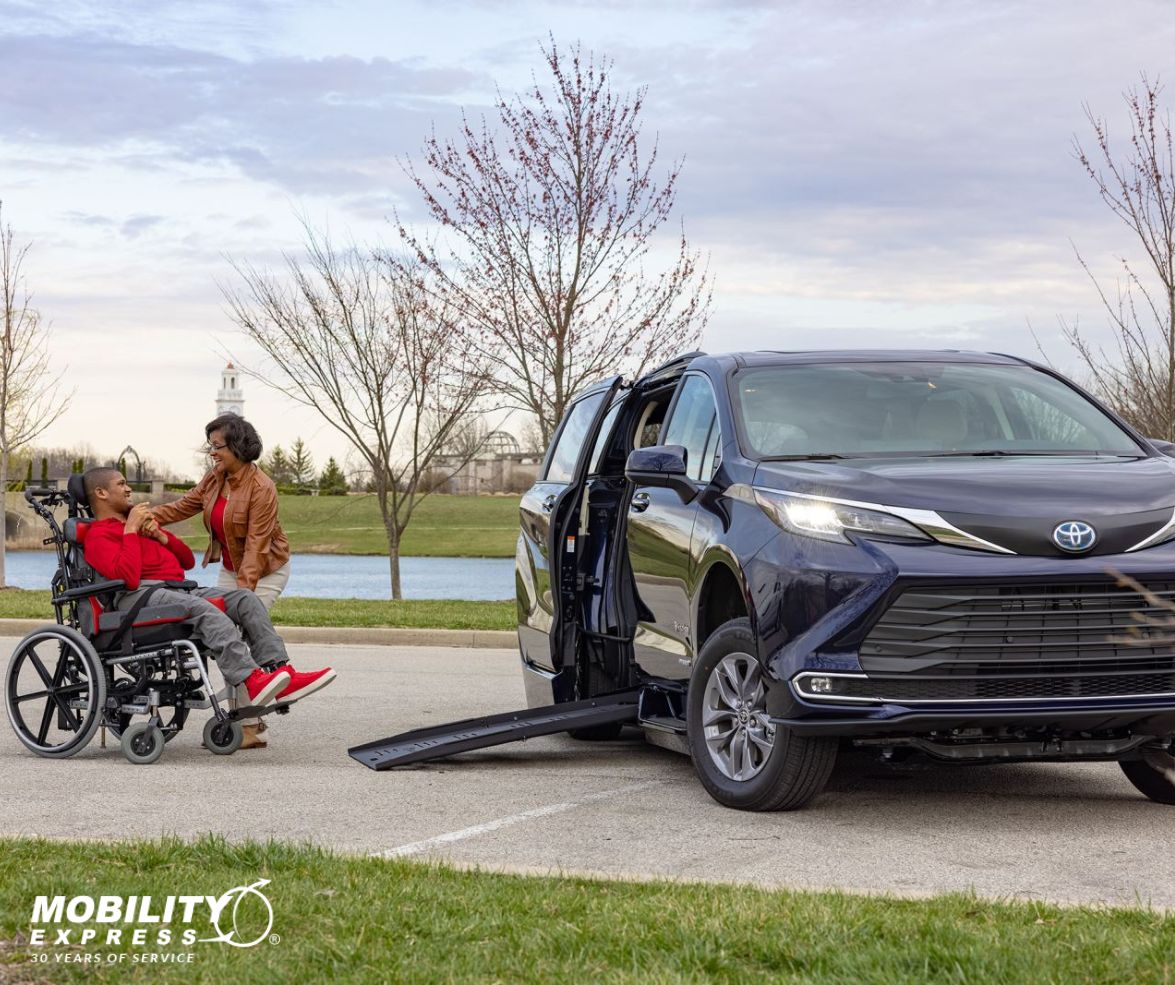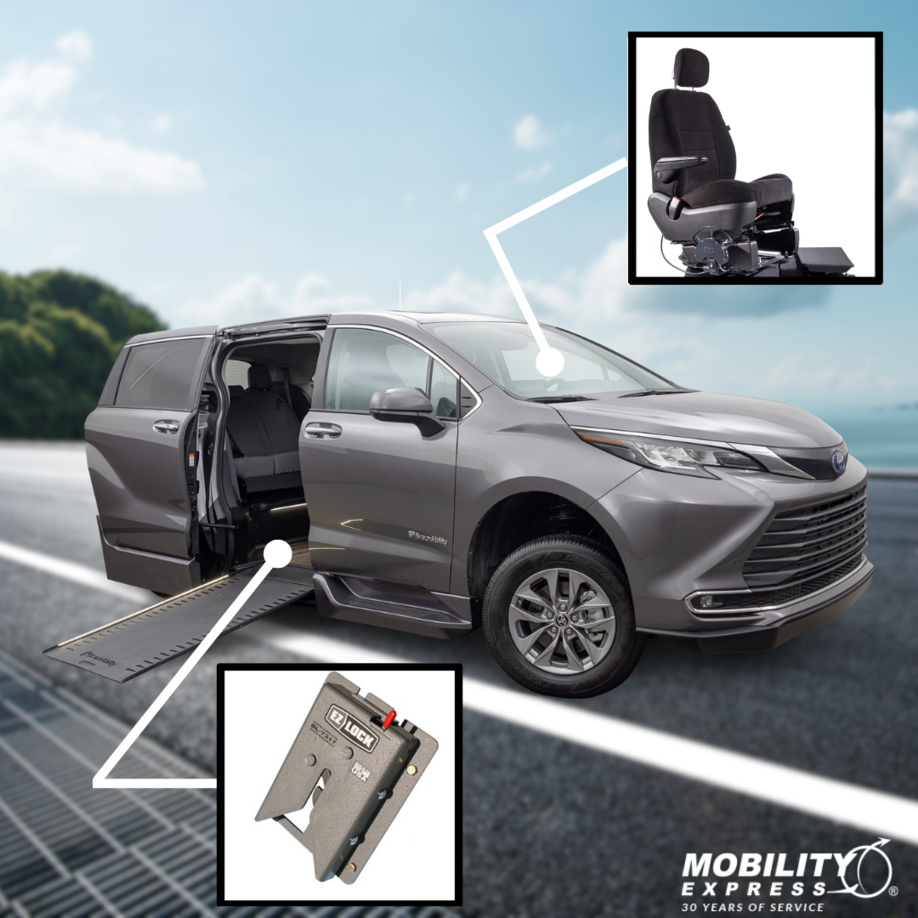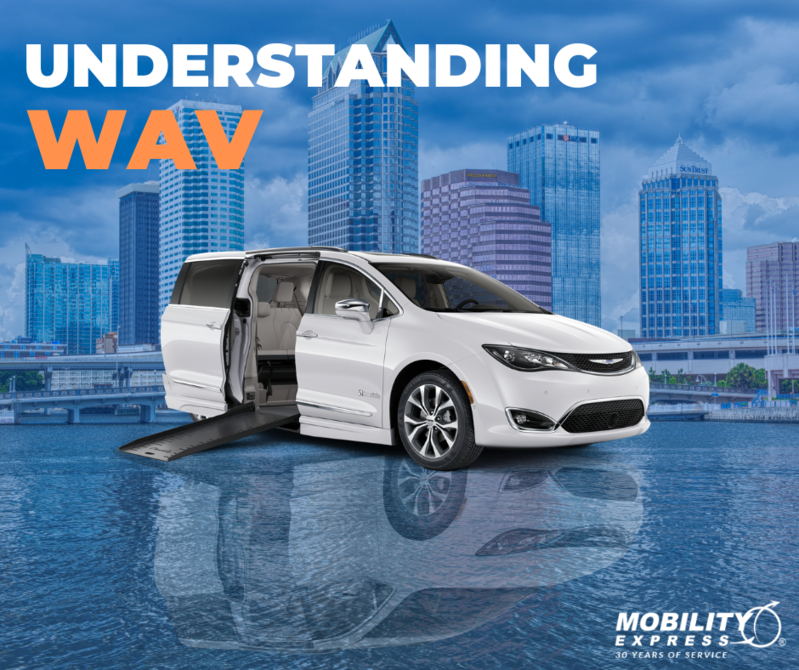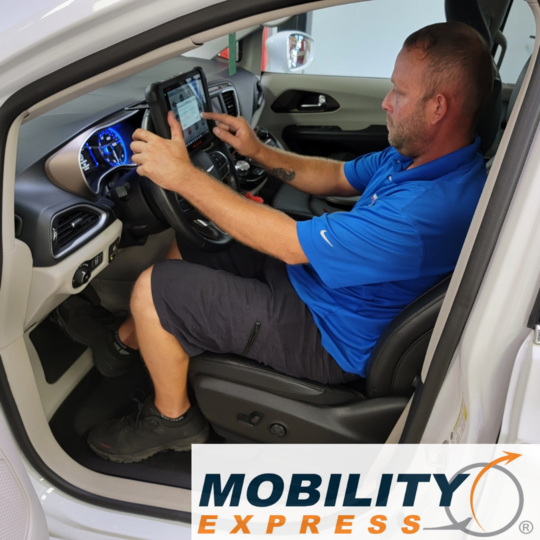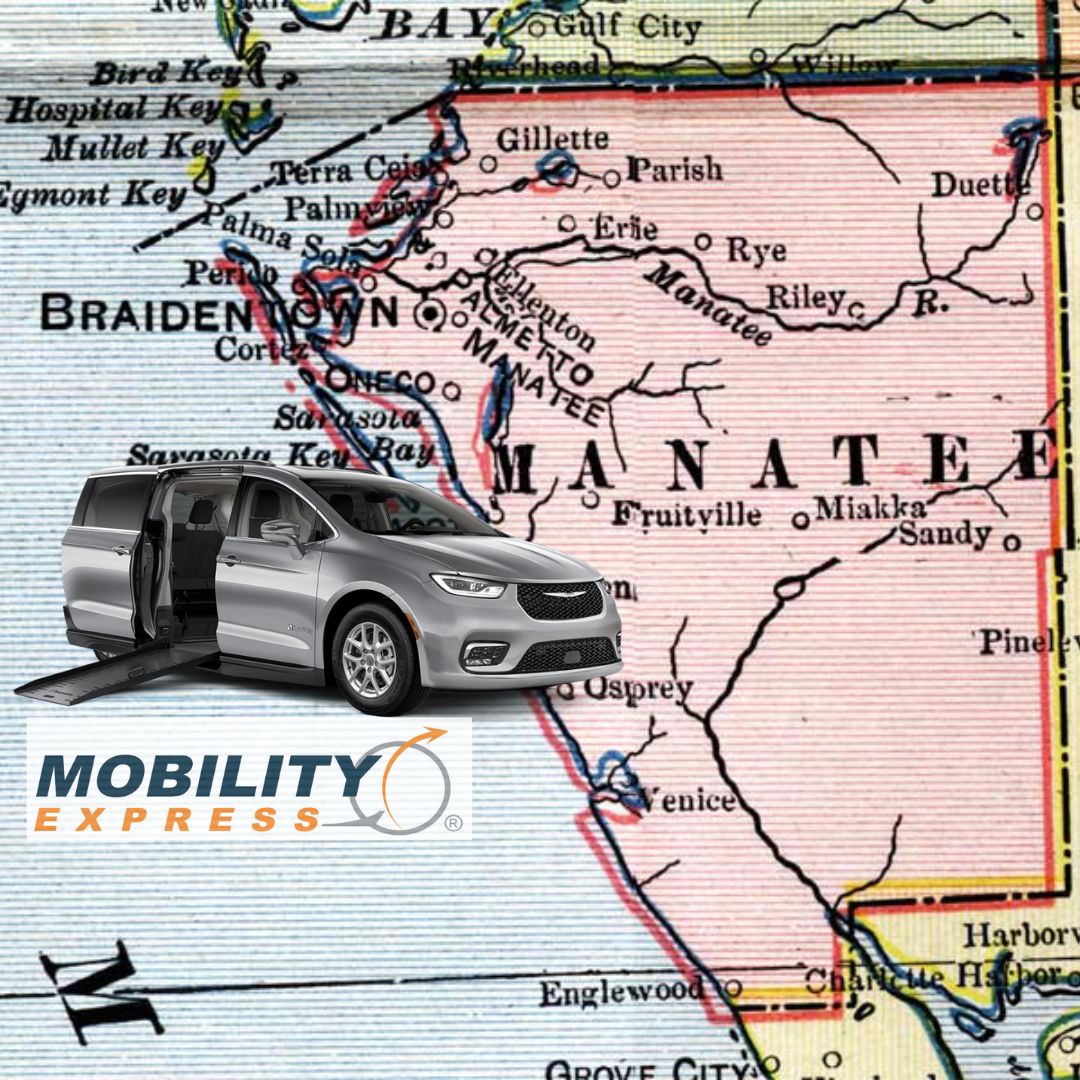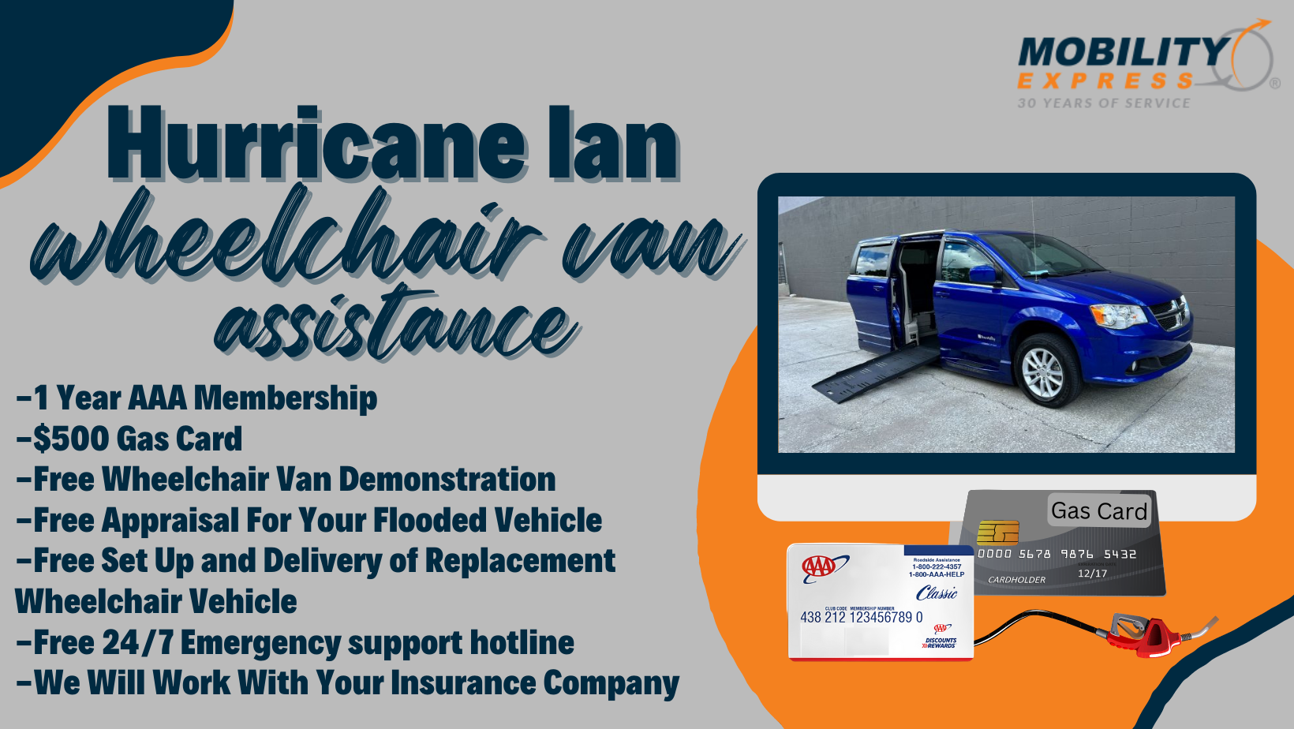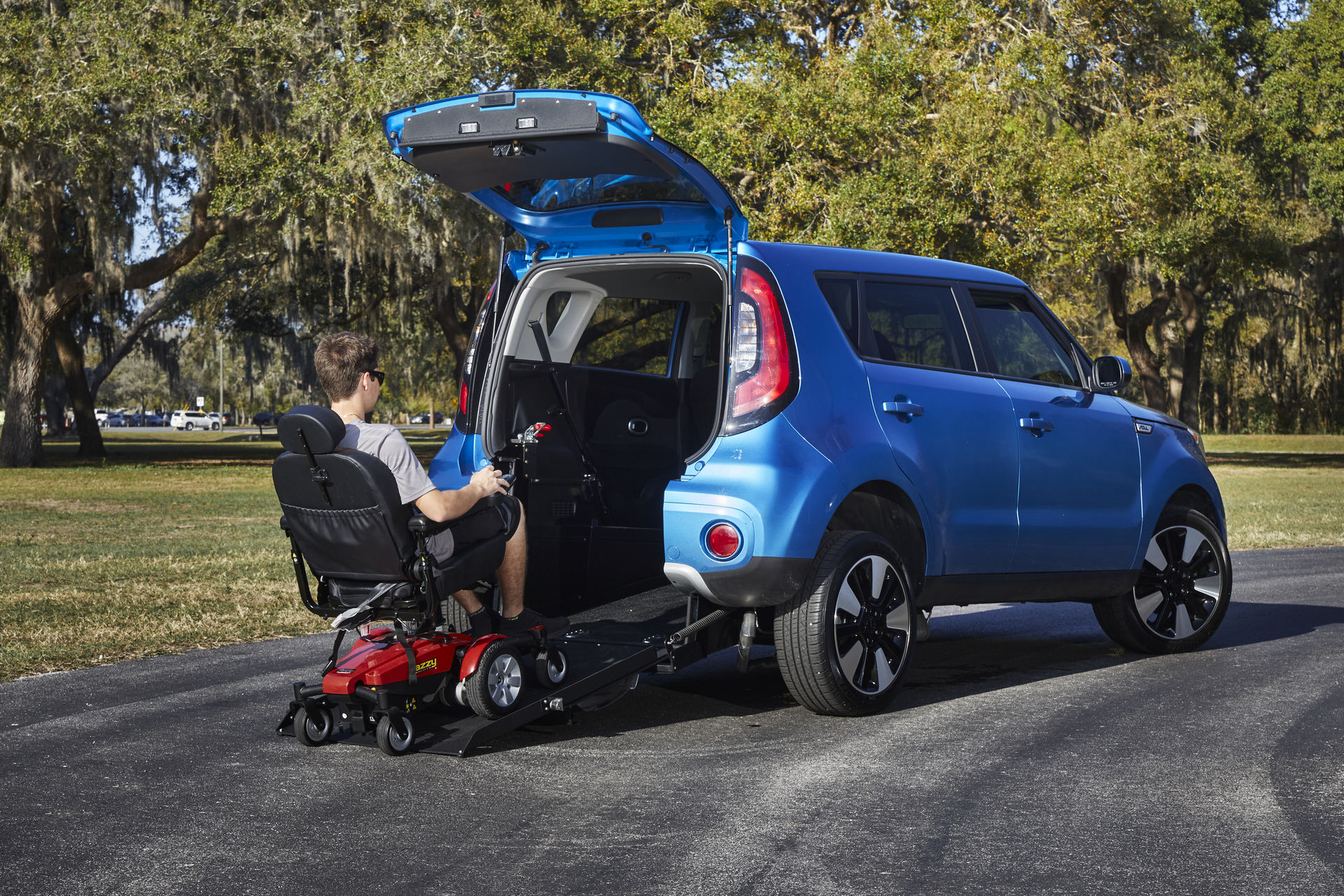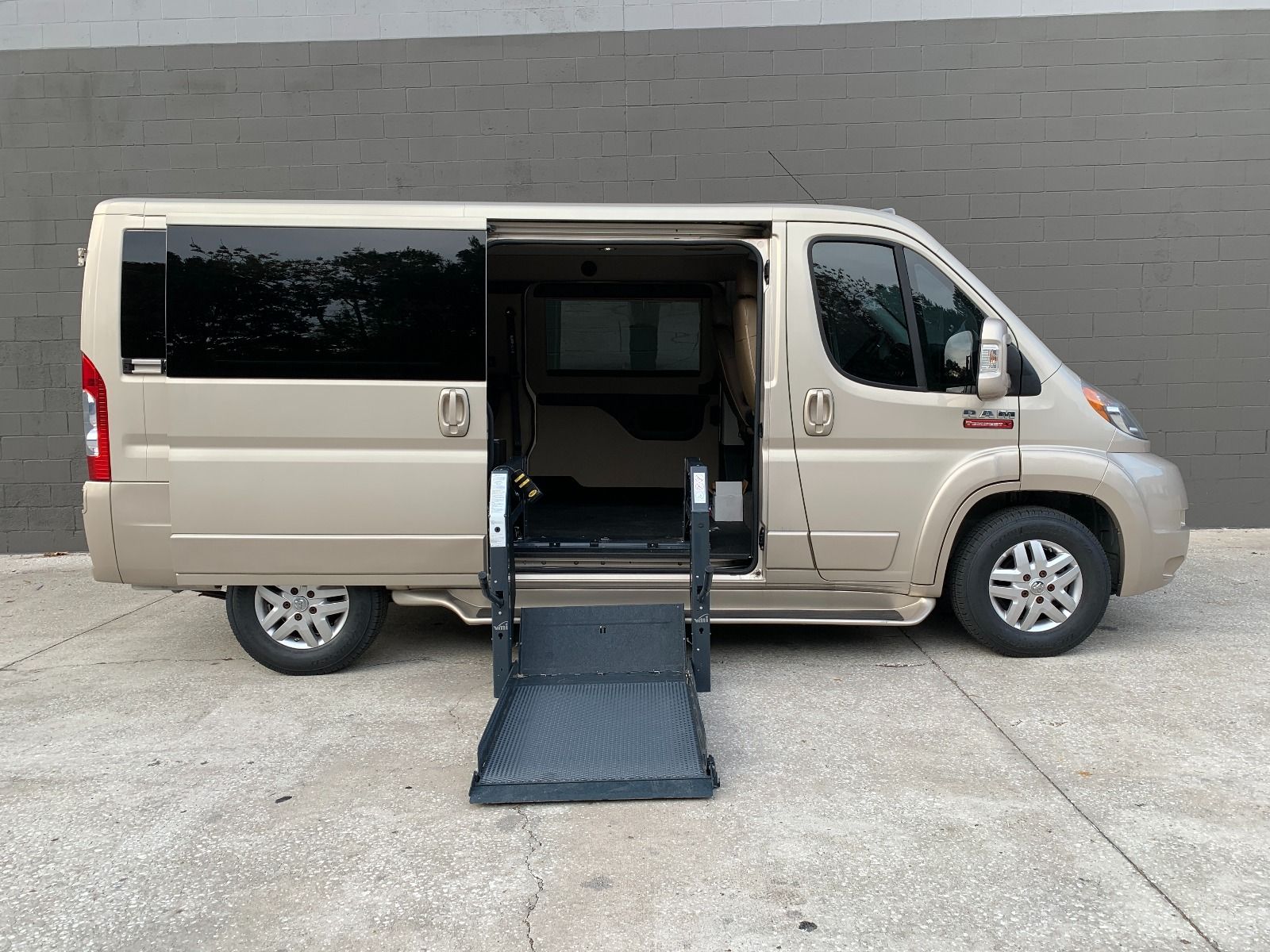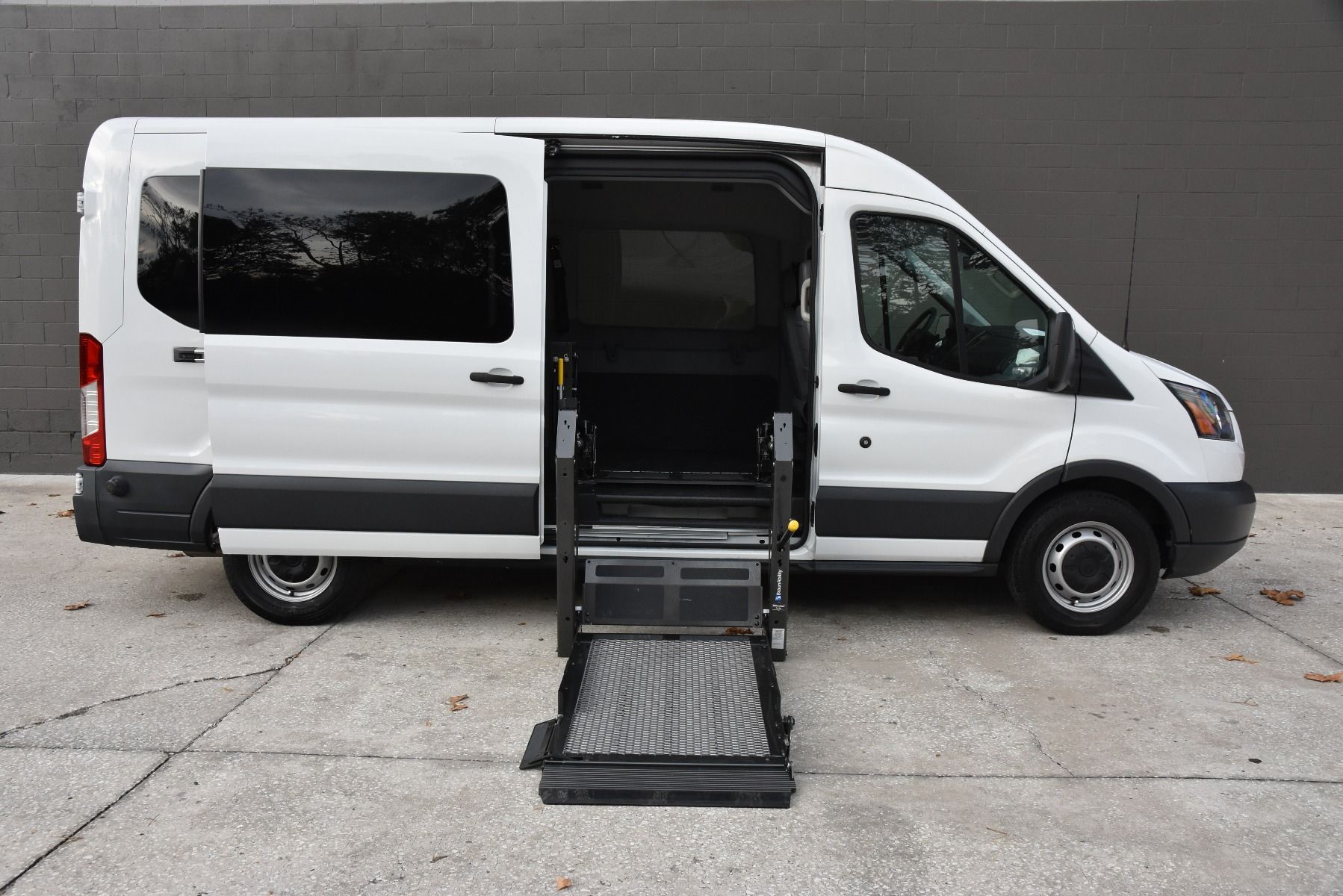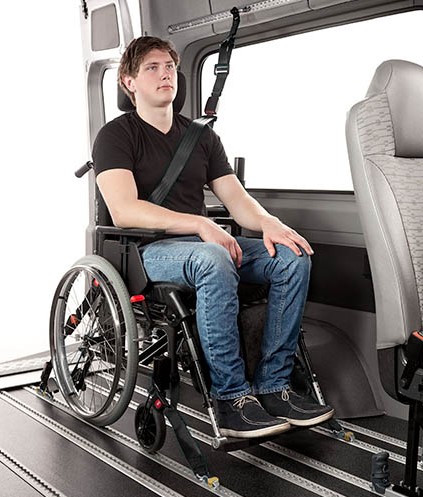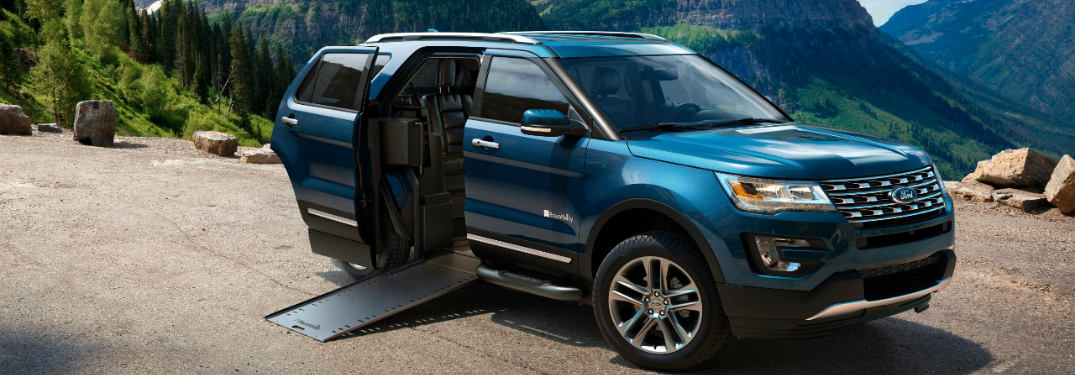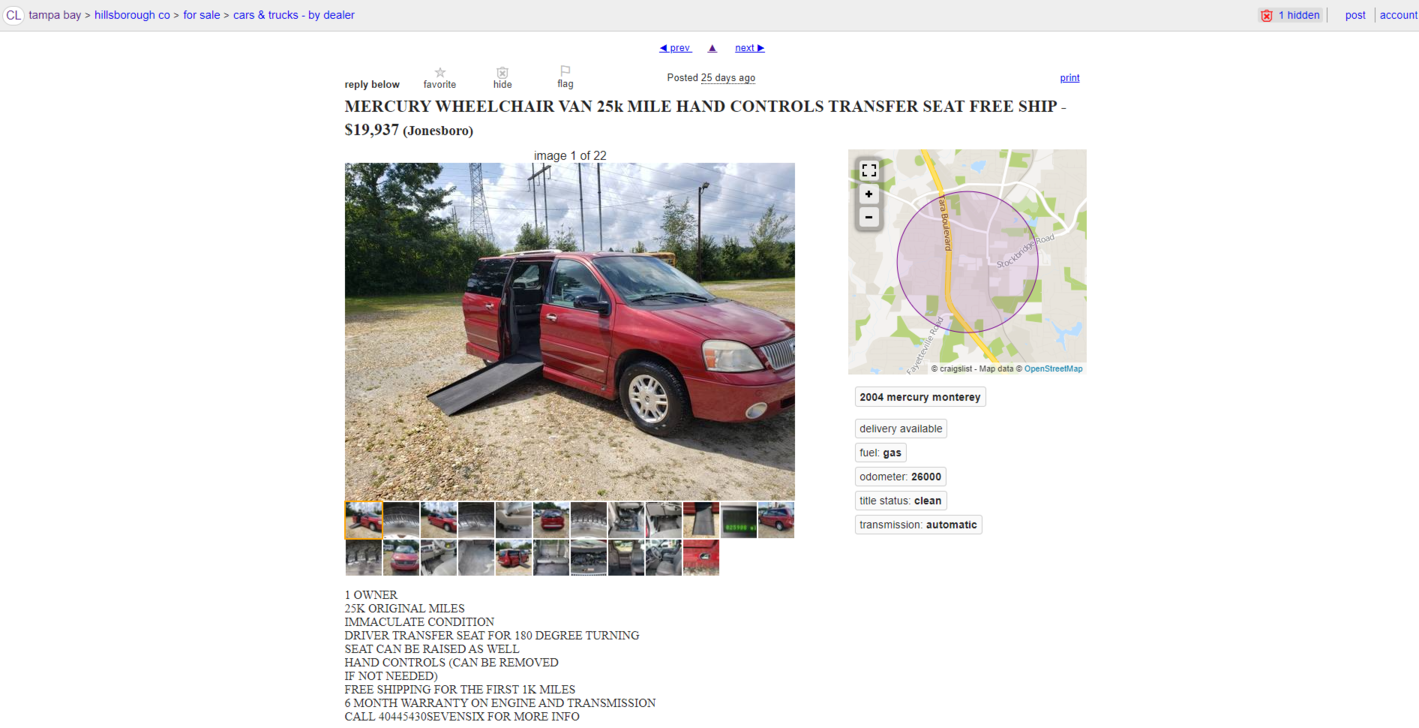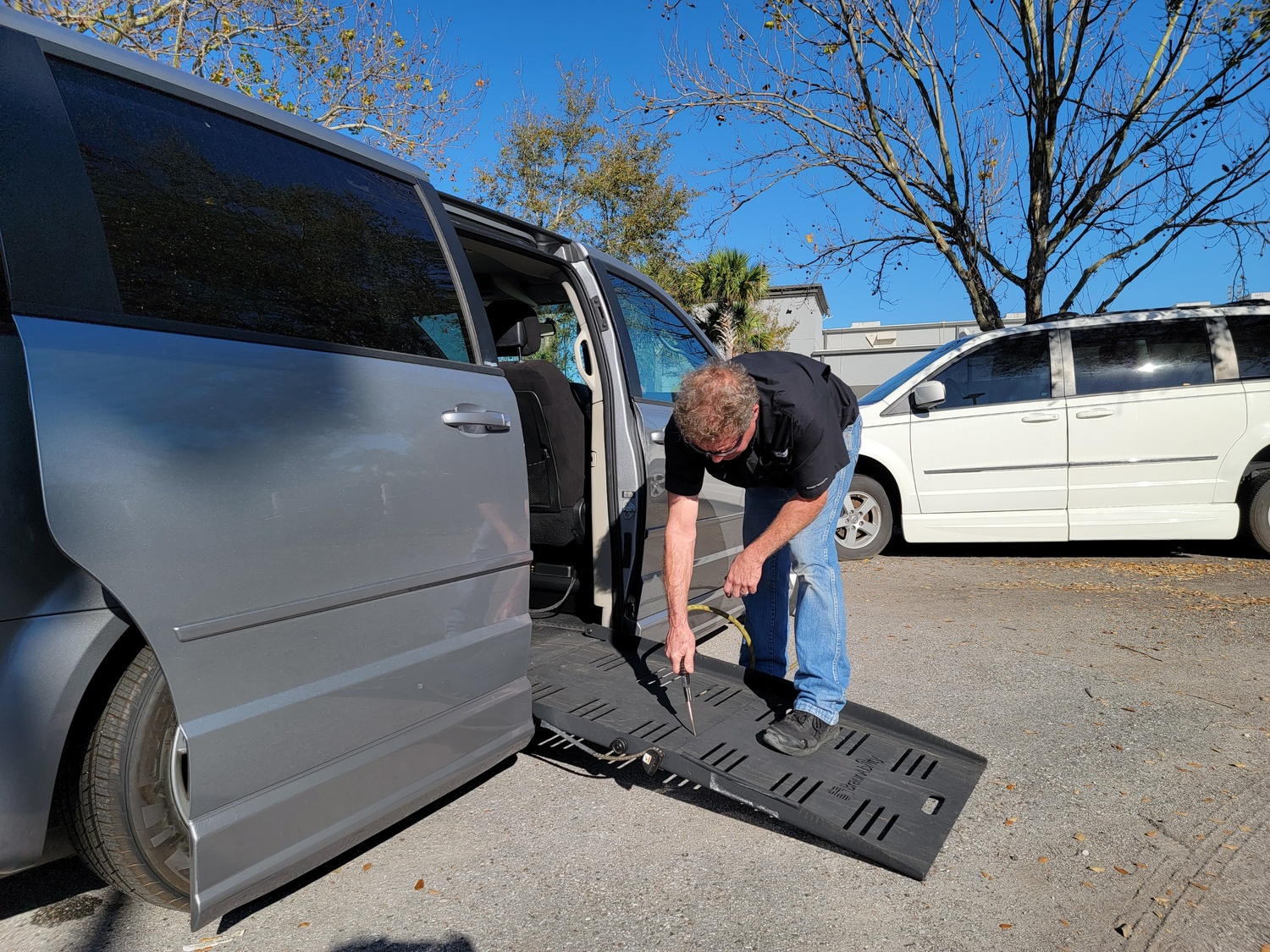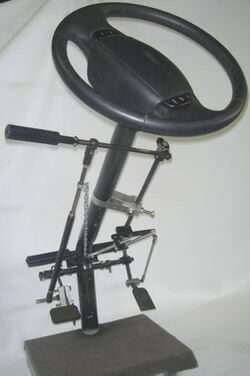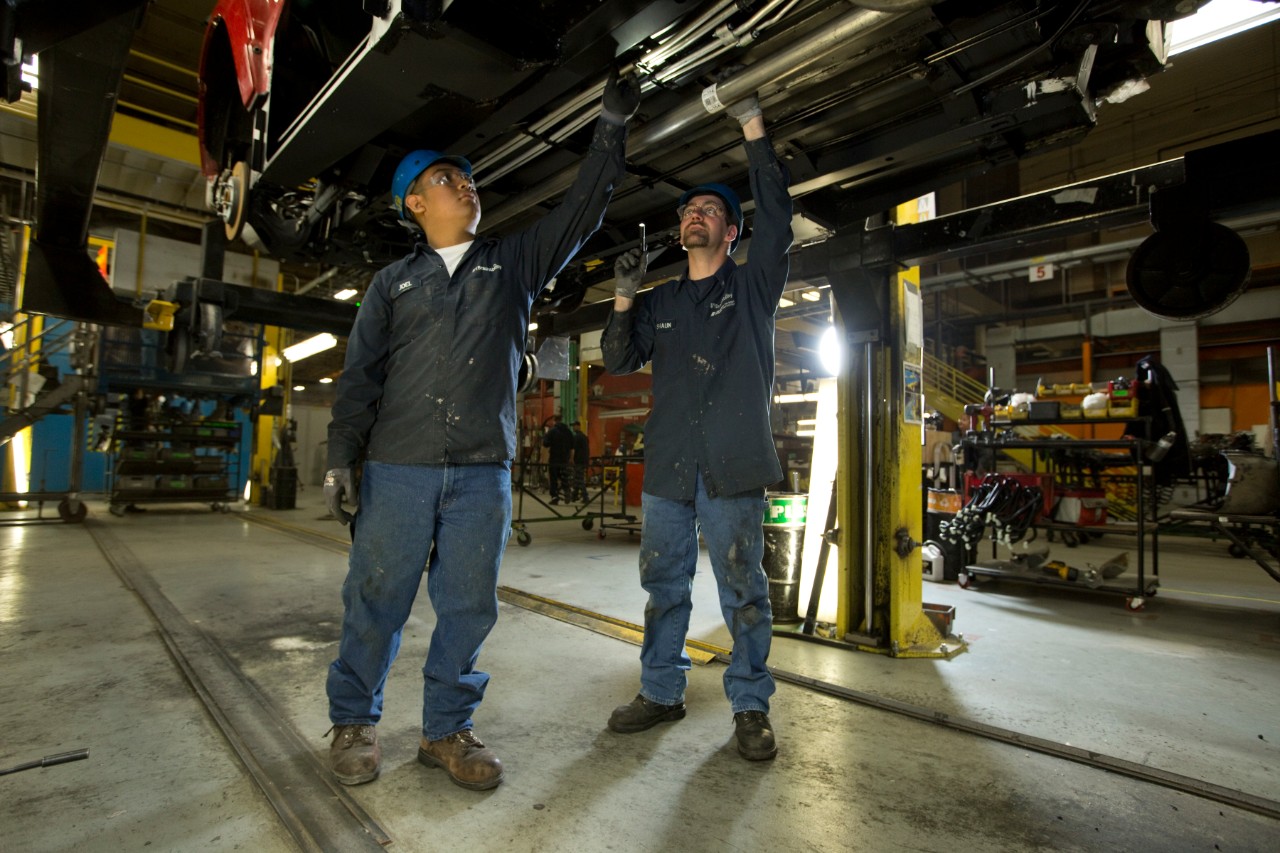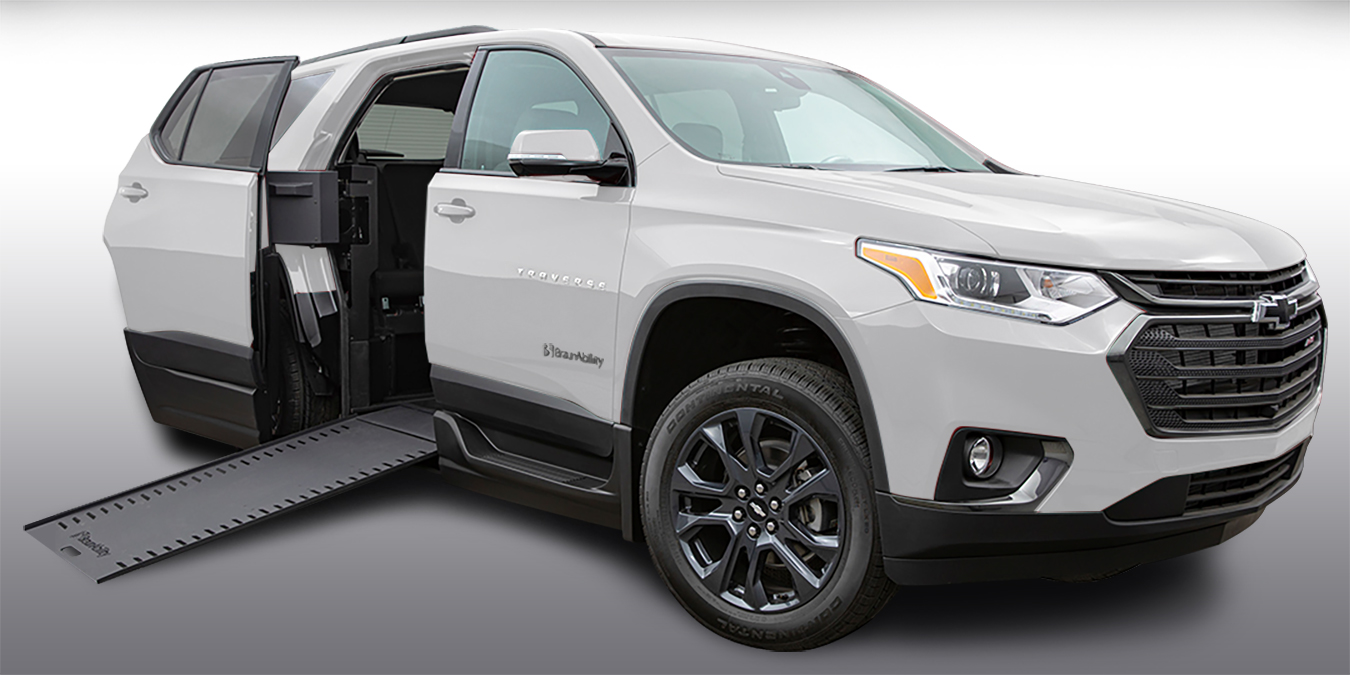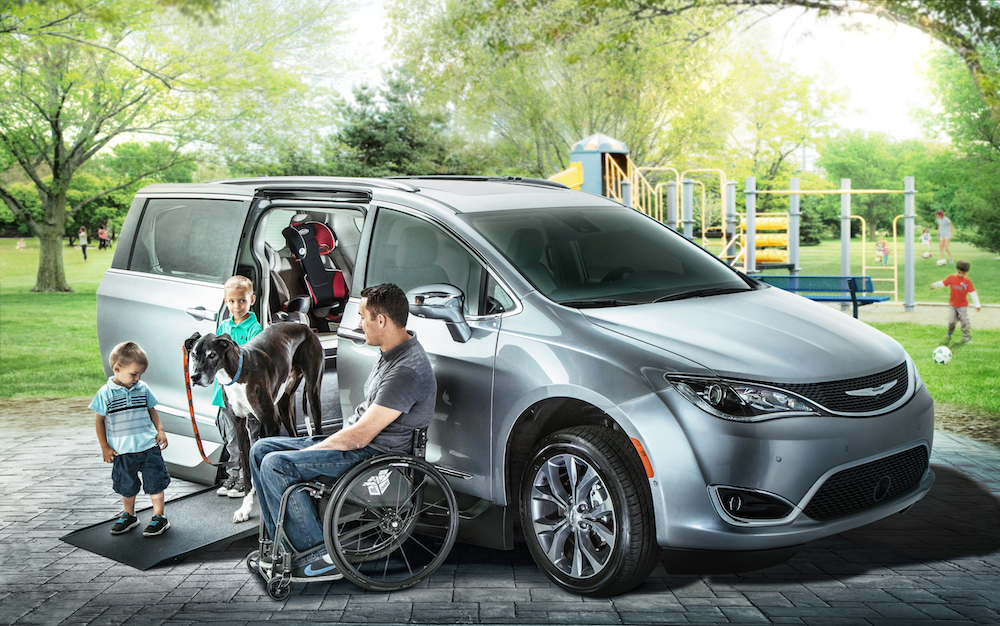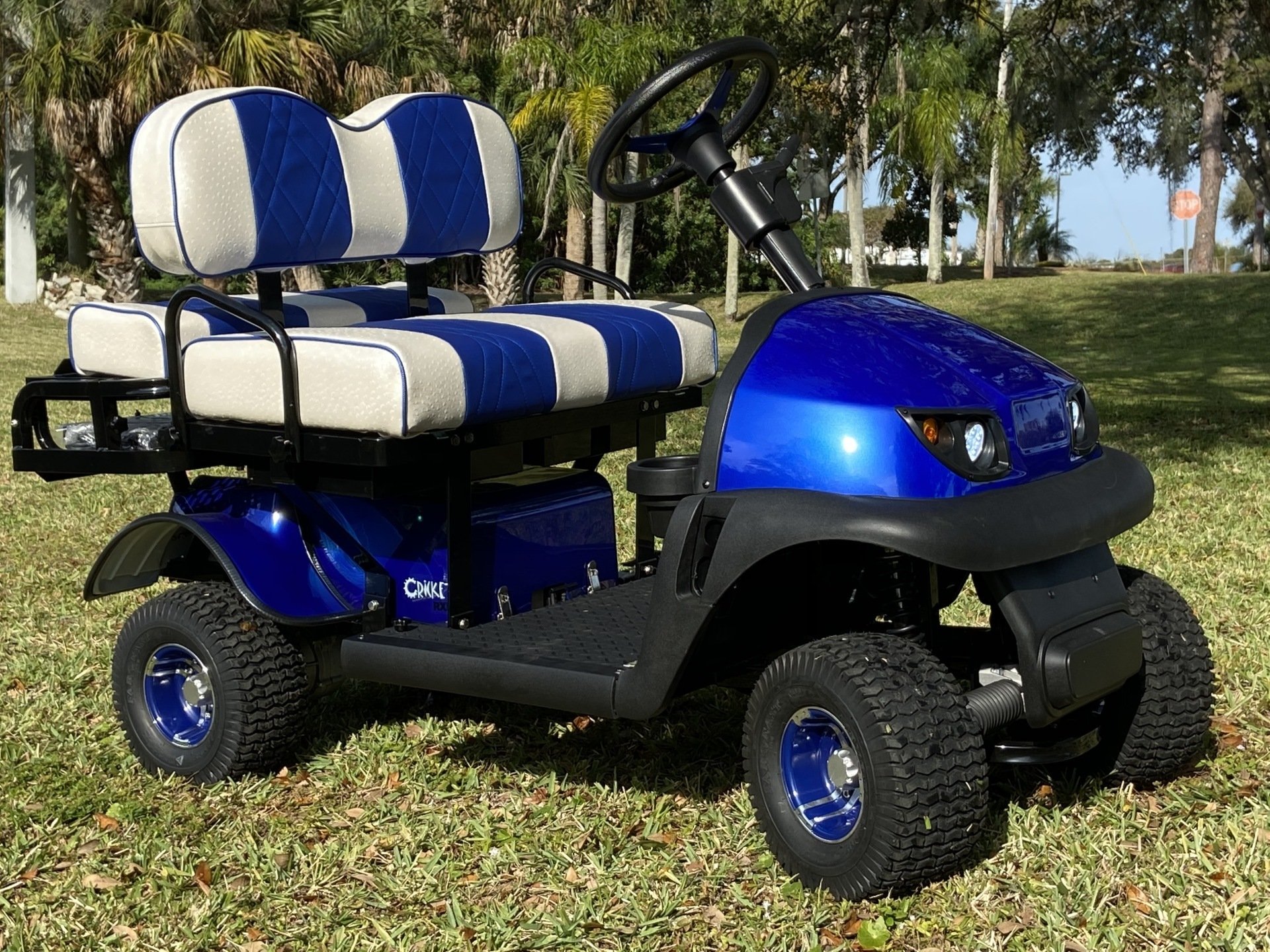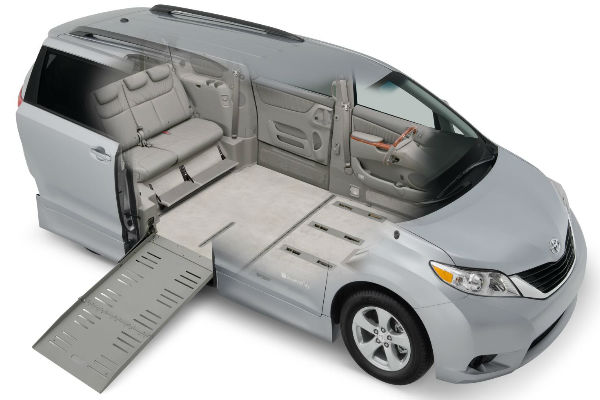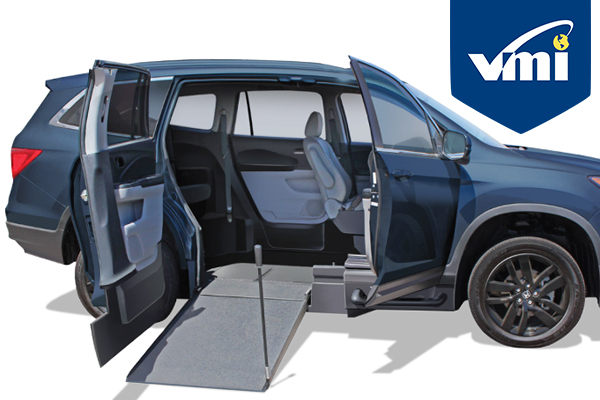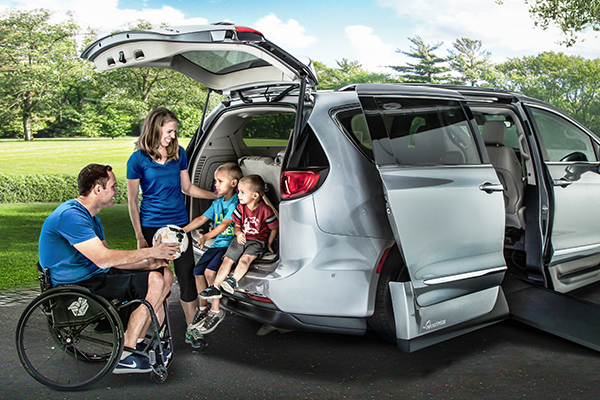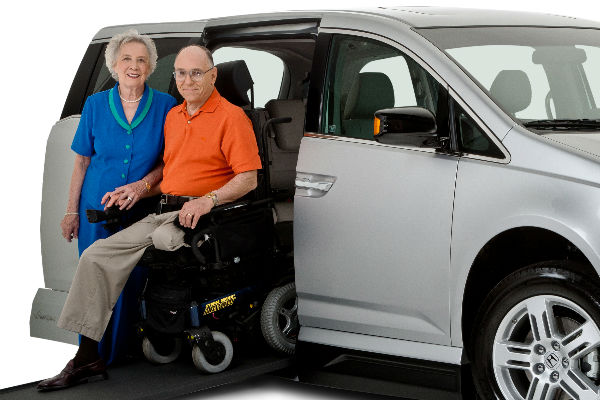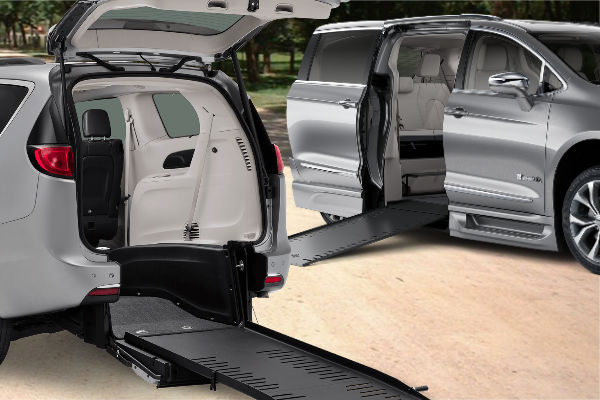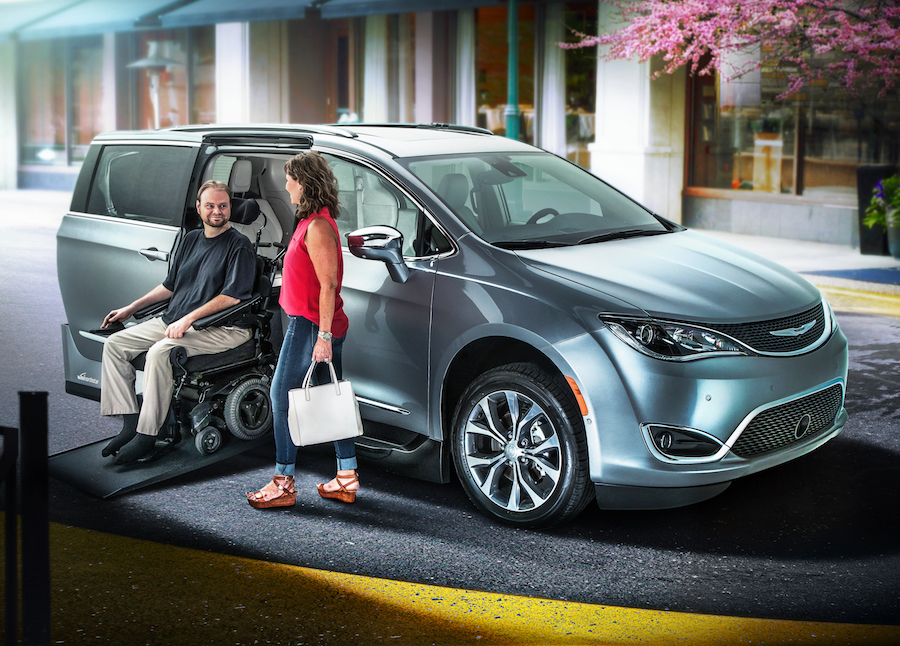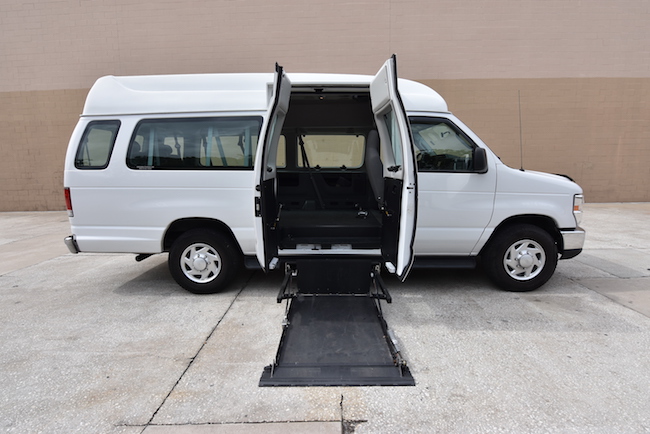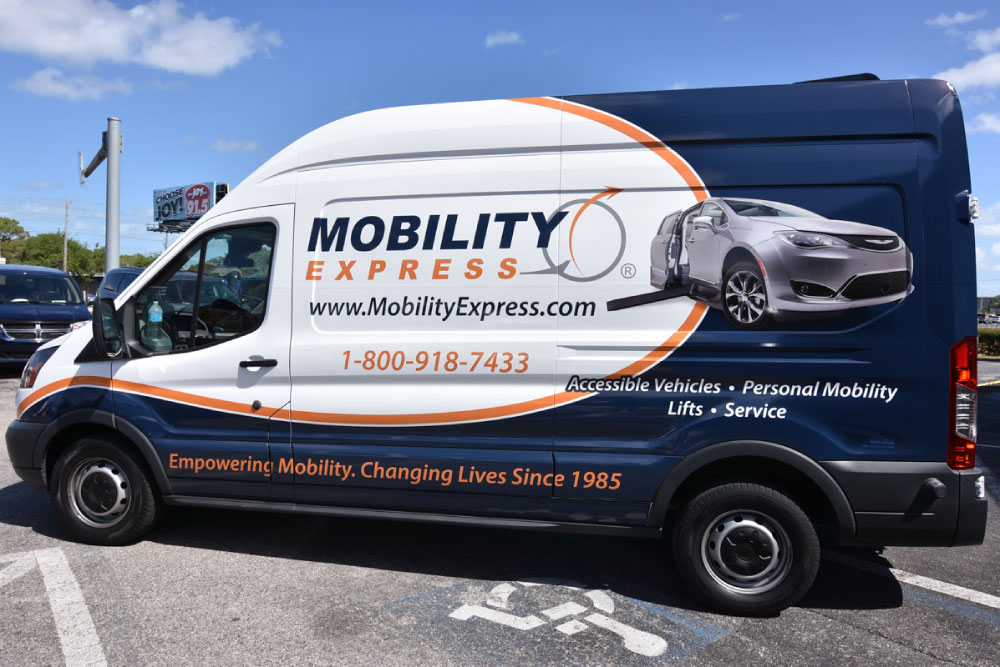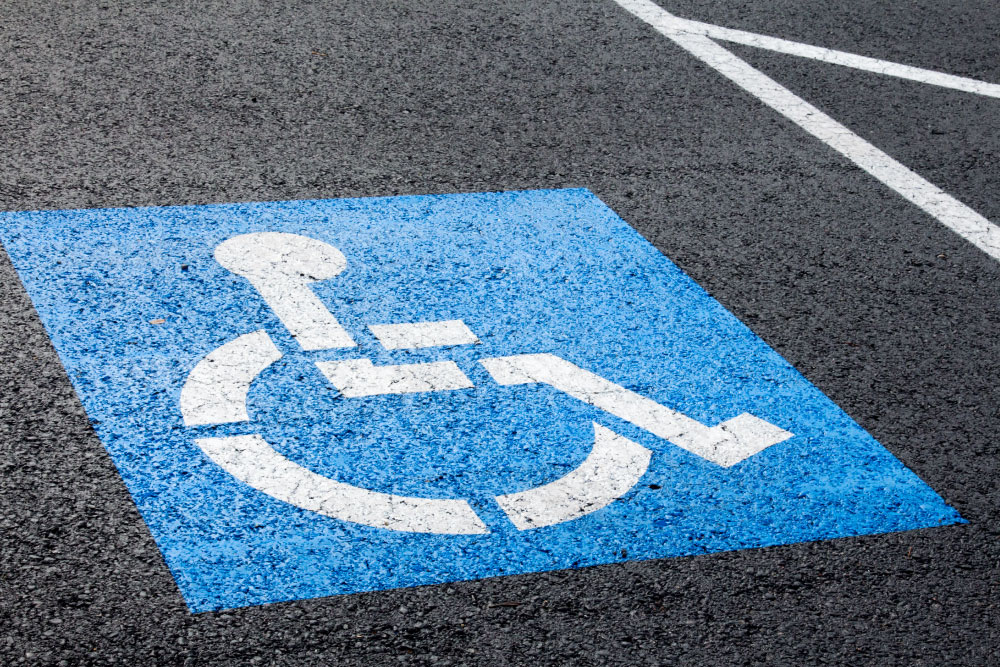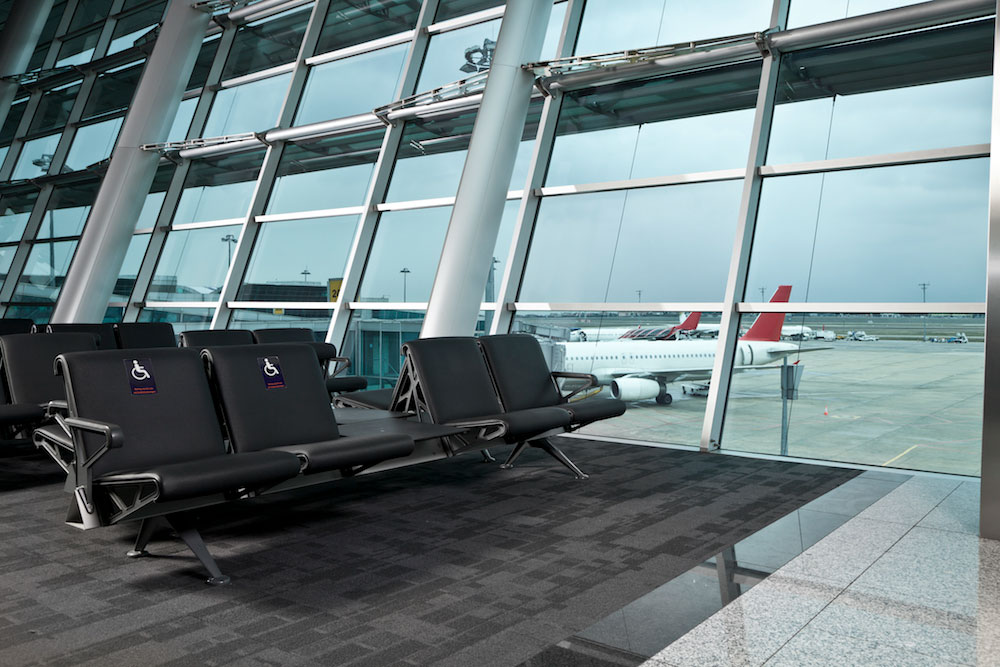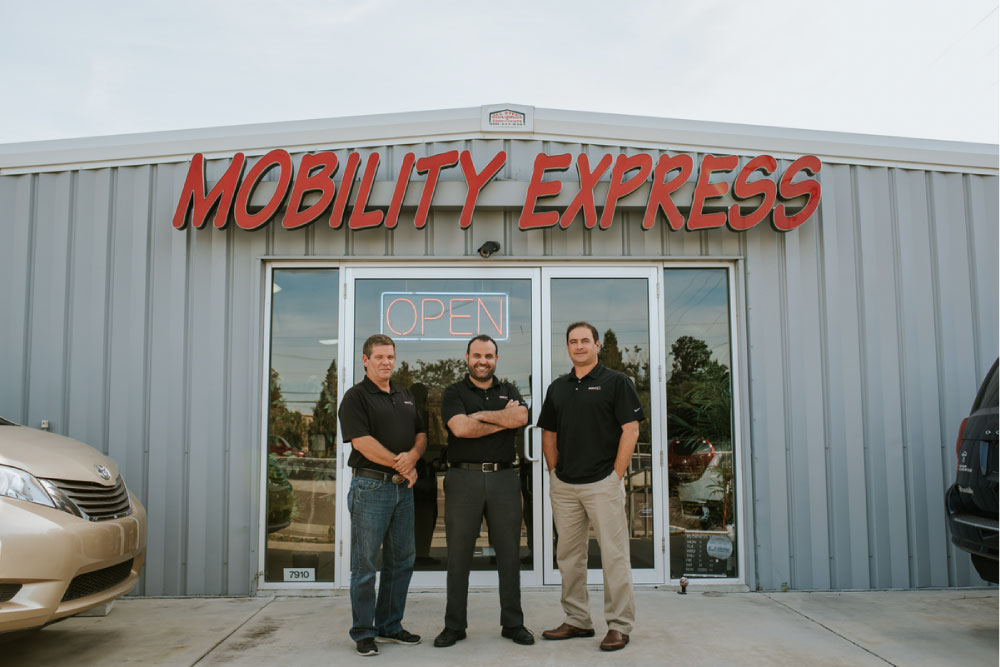Driver Transfer Seat vs Driving from a Wheelchair: Which Option Is Right for You?
When it comes to adapting vehicles for drivers who use wheelchairs, two primary options are available: utilizing a driver transfer seat or driving directly from a wheelchair. Each approach offers distinct advantages and considerations, depending on individual needs and preferences.
Driver Transfer Seat
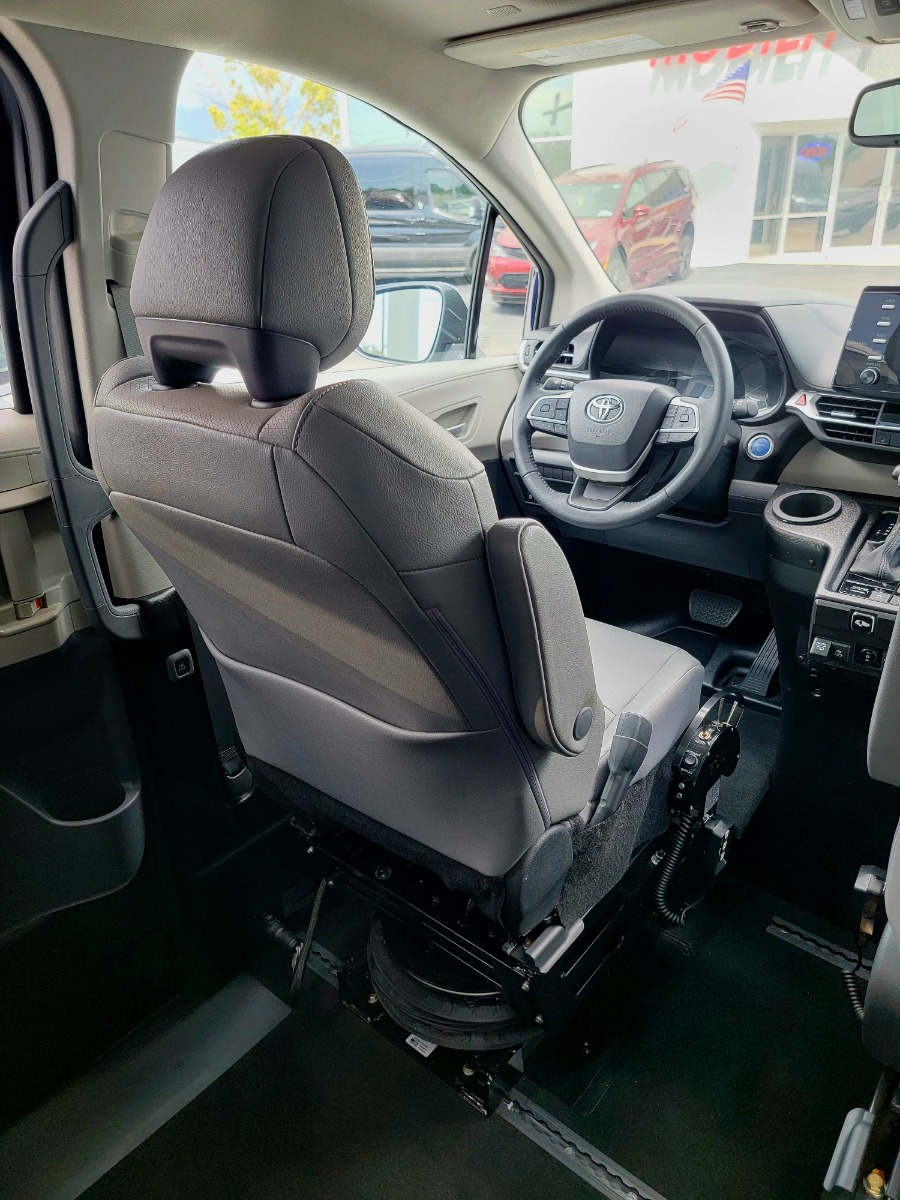
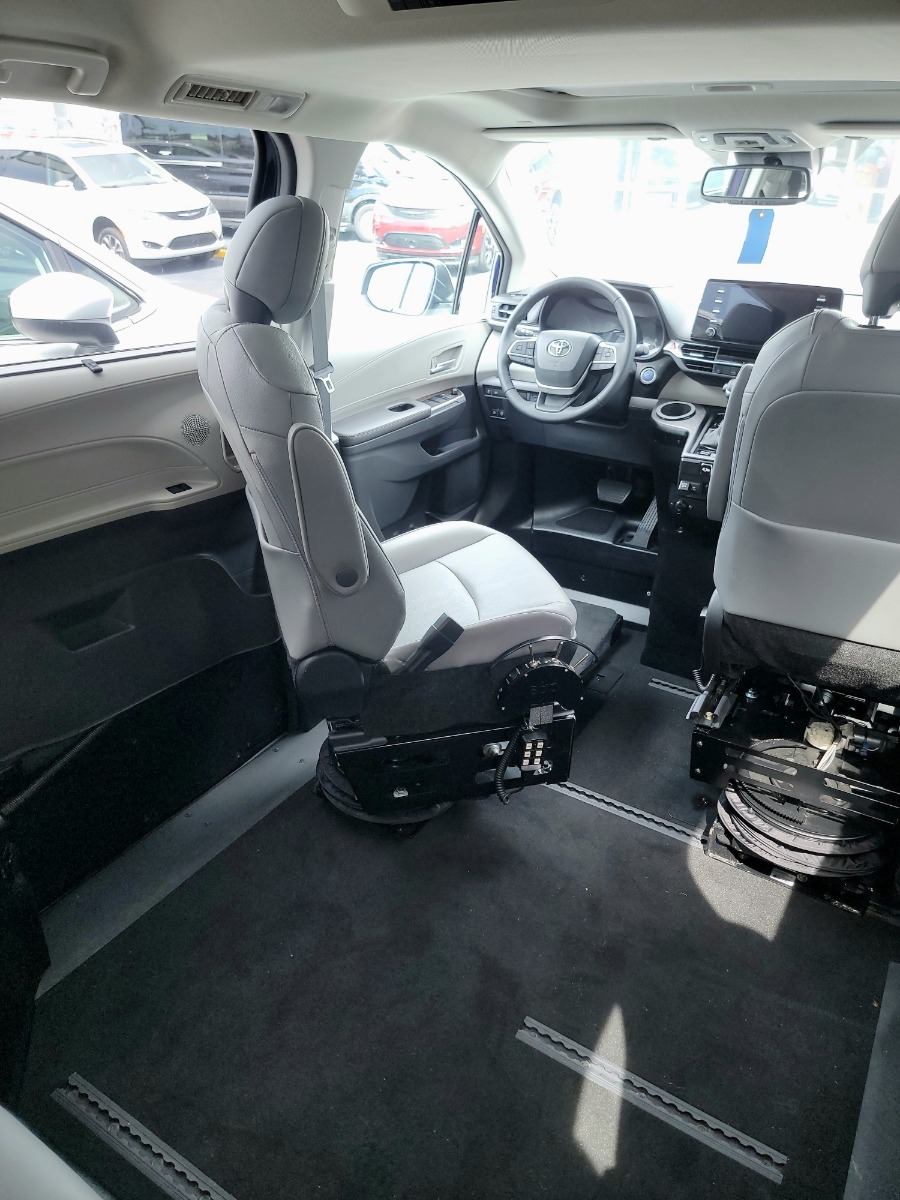

A driver transfer seat is a specialized seat mechanism that facilitates the transfer of a wheelchair user into the driver's seat. This system allows the original vehicle seat to rotate, extend, and adjust in height well beyond what it can from the factory, enabling a smoother transition from the wheelchair to the driver's seat. The seat can then be repositioned behind the steering wheel for driving.
Advantages:
-
Comfort and Familiarity: Occupying the factory driver's seat provides access to all original seat features, such as lumbar support, as well as adjustability, ensuring a comfortable driving experience.
-
Vehicle Control: Maintaining the factory installed seat can offer better integration with the vehicle's safety systems and controls.
-
Aesthetics: The interior appearance remains mostly unchanged, as the original factory seat is preserved.
Considerations:
-
Physical Ability: The driver must have sufficient upper body strength and mobility to transfer between the wheelchair and the driver's seat.
-
Time and Effort: Transferring can be time consuming and may require assistance, depending on the individual's capabilities.
-
Space Requirements: Adequate interior space is necessary to accommodate the transfer process, which may limit compatibility with smaller vehicles.
- Cost: The modifications required can be costly and may not be feasible for all budgets. The average cost for a driver transfer seat to be installed is about $3,000 including installation.
- Vehicle Selection: Not all wheelchair accessible vehicles can accommodate the necessary modifications, potentially limiting choices to larger models.
Driving from a Wheelchair Using A Lockdown System
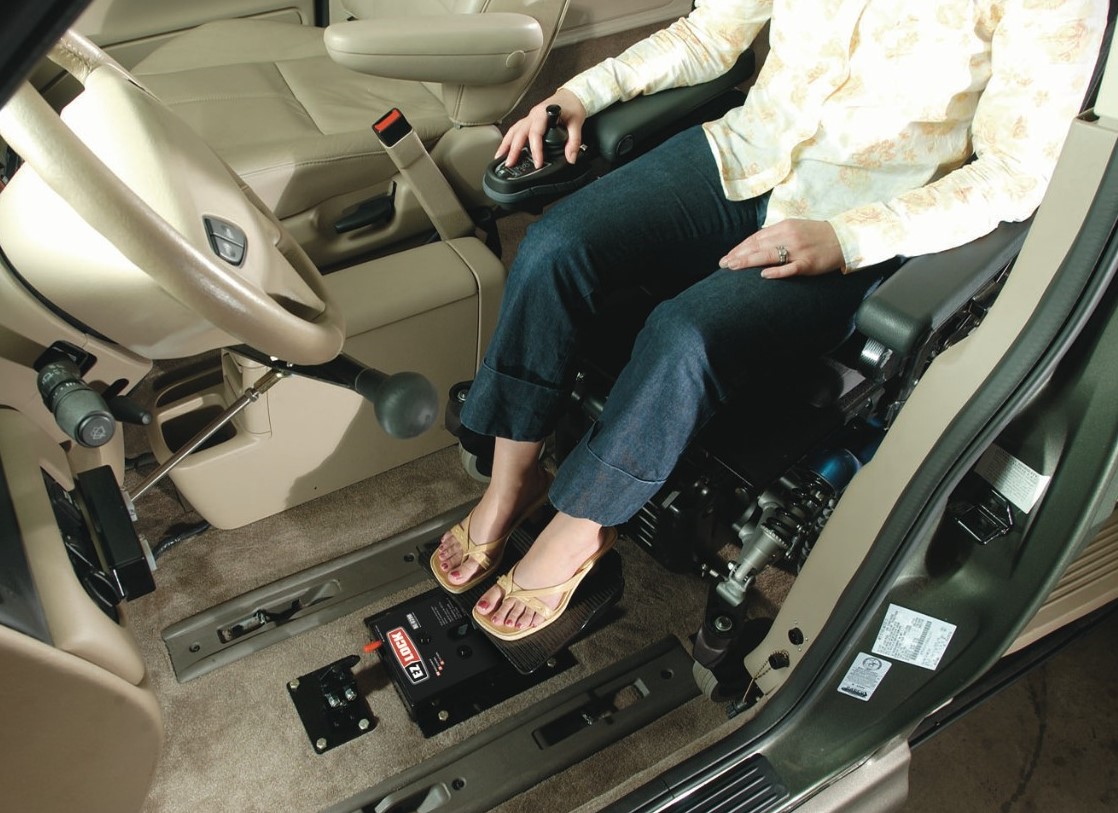
This option allows individuals to drive while remaining in their wheelchair, eliminating the need for transfers. Vehicles are modified to enable wheelchair access directly to the driver's position, often involving the removal of the standard driver's seat and installation of a lockdown system, such as an EZ-Lock, to anchor the wheelchair safely.
Advantages:
-
Ease of Use: Eliminates the need for physical transfers, or manipulating another piece of equipment in order to get into the driving position.
-
Efficiency: Reduces the time and effort required to enter, secure, and exit the vehicle.
-
Safety: Minimizes the risk of injury associated with transferring between the wheelchair and driver's seat.
Considerations:
-
Vehicle Modifications: Installing a lockdown system in the driver's position involved removing the driver seat, and installing a docking system on the vehicle's floor. Most side entry wheelchair van conversions have removeable front seats. In most cases, the driver's seat can be installed and used even with the lockdown system installed, offering the ability to let other drivers operate the vehicle if necessary.
-
Cost: The modifications required can be costly and may not be feasible for all budgets. The average cost for an EZ-Lock or similar lockdown system is about $3,000 including installation.
-
Vehicle Selection: Not all wheelchair accessible vehicles can accommodate the necessary modifications, potentially limiting choices to larger models.
Making the Choice
Deciding between a driver transfer seat and driving from a wheelchair depends on various factors:
-
Physical Capabilities: Assess your strength, flexibility, and ability to perform transfers safely.
-
Frequency of Use: Consider how often you drive and the typical duration of your trips.
-
Budget: Evaluate the costs associated with each option, including installation, maintenance, and potential vehicle upgrades.
-
Vehicle Compatibility: Determine which vehicles can accommodate the necessary modifications for each option.
Consulting with a mobility specialist can provide personalized insights and help you choose the solution that best aligns with your lifestyle and needs.
Both driver transfer seats and driving from a wheelchair offer viable pathways to automotive independence. By understanding the benefits and limitations of each, you can make an informed decision that enhances your mobility and freedom.


